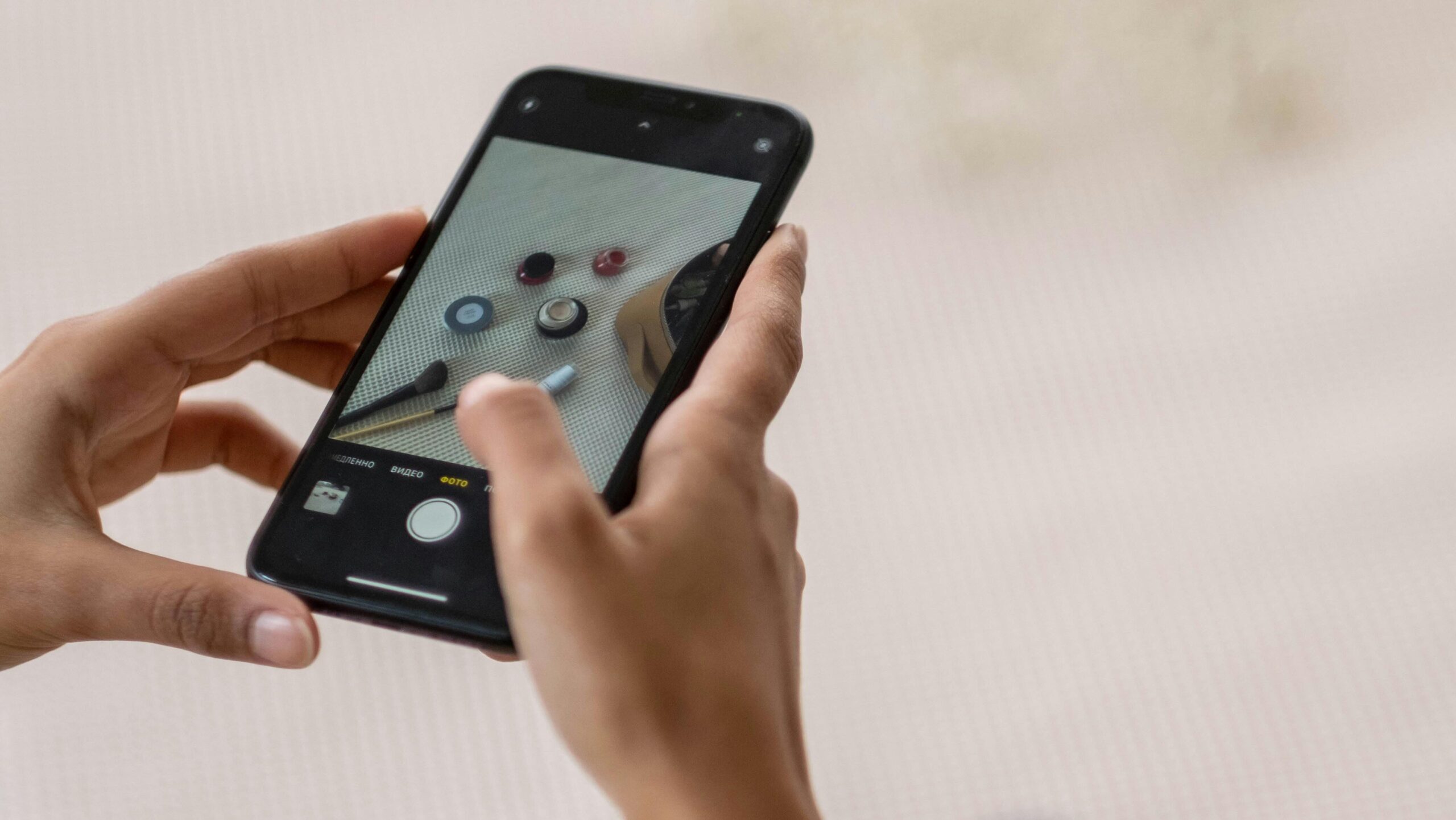Your social media strategy may well be a work of art and something you and your marketing team have taken hours to finesse. However, you may be overlooking a hidden gem that will build trust and loyalty with your customers.
Your next piece of brand content may not be something your marketing team creates but something that your customers have already made. User-generated content (UGC) is the ultimate customer trust-builder but it must be used in the right way to make sure it is effective, and not a tactical addition to your existing social media or broader marketing strategy.
From TikTok videos and Instagram reels to product reviews, customer testimonials, and blog posts, UGC is a powerful tool for building trust, growing engagement, and ultimately, driving sales. 84% of people trust peer recommendations over brand advertising, and 92% of consumers trust UGC more than traditional ads, according to research by Nielsen.
The dos and don’t of using user-generated content

Don’t repost UGC without a clear strategy
It’s easy to get excited about a glowing customer review or a funny TikTok featuring your product but simply reposting it on your social channels without thinking it through is not a strategy. This approach can feel disjointed, off-brand, or even spammy.
UGC needs to align with your brand’s tone of voice, messaging, and goals. Are you using this piece of content to raise awareness, generate conversions, or build community? Context matters. A campaign that aims to drive sales will require a different type of UGC than one focused on community-building, for example.
Also, the frequency of reposting and the platform choice are crucial. Overloading your feed with UGC can dilute your brand identity. Instead, curate content that complements your own marketing efforts, and plan its placement across platforms thoughtfully.
Don’t ignore micro creators or influencers, they are your secret weapon
In a world obsessed with big-name influencers, micro influencers (10k–100k followers) and nano influencers (under 10k followers) are often overlooked. According to research by Social Bakers, micro-creators drive 60% higher engagement rates than mega-influencers, and their audiences tend to be more niche, loyal, and highly engaged. Their authenticity gives them influence in a way that feels genuine.
For example, in the lifestyle and beauty industry, nano-creators have become the go-to for trusted recommendations, as consumers seek relatability over perfection. Brands that embrace partnerships with micro and nano influencers can build a more loyal following without the large price tag of celebrity endorsements.
Don’t forget to ask for permission before using UGC
This is an important consideration and one that could come to bite you later down the line if not done. Just because a customer tags your brand or uses your hashtag doesn’t mean you have legal permission to repost their content. Failing to get explicit consent can lead to copyright infringement and negative publicity.
Always contact the creator to ask for permission. Seeking consent shows respect for your customers and fosters goodwill. It even encourages future content creation and helps to establish a longer-term relationship that can be leveraged for future campaigns.
How to repurpose UGC across your marketing channels
We’ve covered the don’ts, and now here are some dos. Following best practices when repurposing your customer’s content leads to better engagement and a cost-effective content strategy.

How to highlight authentic customer stories through user-generated content
Forget glossy adverts featuring models using your product in a pristine studio. Today’s consumers crave real stories from real people. Research by Bazaarvoice finds, 65% of consumers consider photos and videos from previous customers essential in their purchase decisions, and 74% prefer to see such user-generated content on brand and retailer websites over professionally shot images.
Using self-shot UGC to highlight a customer’s genuine journey with your product or service is not only relatable but also builds credibility. UGC allows you to use case study-style content such as: “How [Customer] used [Product] to [Achieve Result].”
This format works well in blog posts, email campaigns, and social posts. It frames your product as a solution and your customer as the hero. Win-win.
How to engage and reward UGC contributors
By using UGC, your customers are creating the content for you so make sure it doesn’t go unnoticed. A simple thank you can go a long way. You can also further reward customers and increase engagement by offering incentives. This could be in the form of payment, free products, or the opportunity to trial unreleased products and share feedback. These creators are essentially your brand ambassadors.
Repurposing UGC across channels
A single piece of UGC can be used across many channels, not just the channel it was originally created for or shared on. For example, a TikTok review can be repurposed into an Instagram carousel with pull quotes, a blog post highlighting multiple customer reviews, a customer testimonial on the product page, or even a case study in your next email newsletter.
By tailoring UGC to suit different platforms and stages of the buyer journey, you maximise its value and keep your content pipeline full.
Research by Search Insights suggests websites that incorporate UGC into their product pages experience an average purchase conversion rate increase of up to 29%. UGC is also beneficial to enhancing email marketing. Data from Salesforce shows emails containing UGC content provide a 73% increase in click-through rates, on average. Finally, Salesforce research also shows social campaigns that incorporate UGC see a 50% uplift in engagement, creating a stronger connection with the audience.

UGC is about people not just posts
User-generated content isn’t just a marketing tactic, it is a trust-building tool. Brands that embrace UGC with a thoughtful, respectful, and strategic approach are rewarded with higher engagement, stronger communities, and ultimately, more conversions.
In conclusion, marketers must be strategic with the UGC that they repost. By tapping into the power of micro-creators, brands can reap maximum rewards. Make sure your use of UGC doesn’t backfire and always get written permission from the creator. With credit, you can also repurpose content to make the most of it across channels.
Most importantly, celebrate your customers. They are your brand’s best asset. UGC isn’t just about content, it’s about creating meaningful connections.
To find out how to incorporate user generated content into your marketing strategy, and make use of the kind words of your customers get in touch with us.
 " />
" />



